Washington’s new restrictions on technology exports to China could undercut the country’s ability to develop wide swaths of its economy, from semiconductors and supercomputers to surveillance systems and advanced weapons.
The moves by US President Joe Biden’s administration are its most aggressive yet as it tries to stop China from developing technological capabilities it sees as a threat.
Depending on how broadly Washington enforces the restrictions, the effects could extend well beyond semiconductors and into industries that rely on high-end computing, from electric vehicles and aerospace to simple gadgets like smartphones.
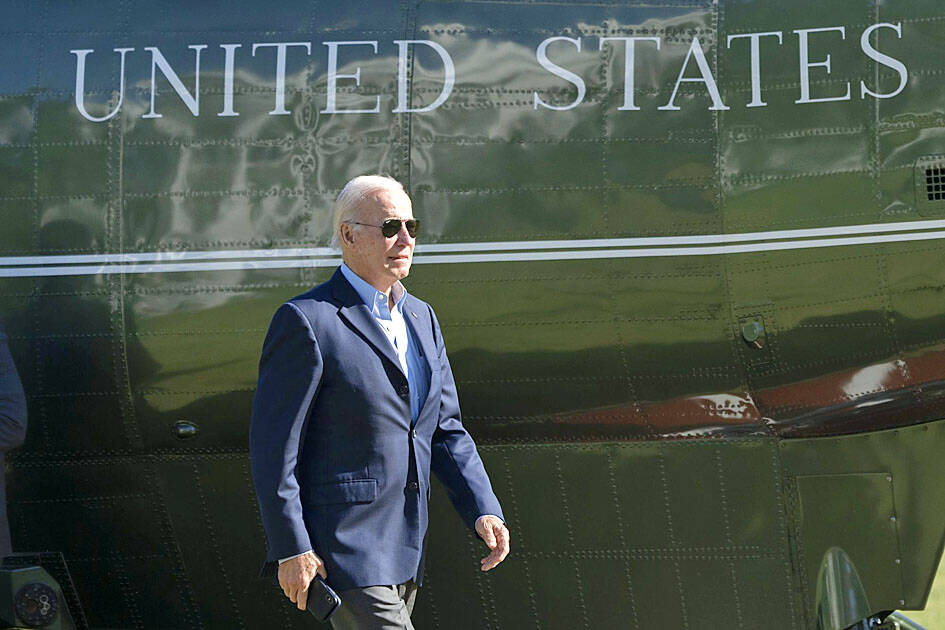
Photo: Bloomberg
The two countries are officially in an “economic war,” SemiAnalysis chief analyst Dylan Patel said.
“This is the US salvo against China’s efforts to build its domestic tech capabilities,” said Patel, who estimates the restrictions could reduce global technology and industry trade by hundreds of billions of dollars. “It’s the US firing back, making clear they will fight back.”
US officials said the new restrictions are necessary to stop China from becoming more of an economic and military menace. They are seeking to ensure the country’s chipmakers do not secure the capability to make advanced semiconductors.
“The rules are a directional signal about US policy on China: a very hawkish consensus is now cemented in place,” Gavekal Dragonomics (龍洲經訊) technology analyst Dan Wang wrote.
“The reality is the US is determined to use chips as a tool to contain China,” Gu Wenjun (顧文君), head of Chinese chip researcher ICwise (芯謀研究), wrote in an online commentary. “There is no possibility of reconciliation.”
The new US regulations broadly limit chipmakers from selling to China artificial intelligence (AI) semiconductors and those that can be used for supercomputers.
Chipmakers can request an exception to the rules from the US Department of Commerce, but they should presume such requests would be denied, senior officials said.
The commerce department also put in place a raft of restrictions on supplying US machinery that is capable of making advanced semiconductors. It is targeting the types of memory and logic chips that are at the heart of state-of-the-art designs.
Specifically, the restrictions cover production of logic chips using so-called nonplanar transistors made with 16-nanometer technology or anything more advanced than that, 18-nanometer DRAM chips and NAND-style flash memory chips with 128 layers or more. Generally speaking, the smaller the number of nanometers, the more capable the chip.
Stacy Rasgon and a team from Sanford C. Bernstein said the restrictions on AI, supercomputers and advanced chip-making equipment, while pointing out that the standard CPUs used in PCs and servers would not be blocked from export to China, as some had feared.
“The changes represent a further escalation, and we do not know what China might do in response,” the Bernstein analysts wrote. “Potential retaliation remains a risk.”
Another question is how the US rules will affect the ability of companies such as ASML Holding NV to sell into China. The Dutch company is effectively the most important arms dealer for chipmakers around the world.
ASML has had to strike a challenging balance between the US and China. It has been selling its deep ultraviolet (DUV) machines to Chinese customers, but has held back from selling its more advanced extreme ultraviolet machines.
Under the new commerce department restrictions, the company might be limited from selling DUV technology to Chinese customers too, Citigroup Inc analysts wrote.
“We are assessing the potential implications of the new regulations, if any, and cannot comment at this moment,” ASML spokesperson Monique Mols said.
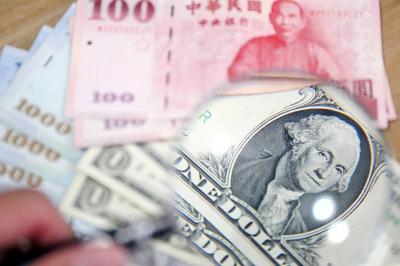
The US dollar was trading at NT$29.7 at 10am today on the Taipei Foreign Exchange, as the New Taiwan dollar gained NT$1.364 from the previous close last week. The NT dollar continued to rise today, after surging 3.07 percent on Friday. After opening at NT$30.91, the NT dollar gained more than NT$1 in just 15 minutes, briefly passing the NT$30 mark. Before the US Department of the Treasury's semi-annual currency report came out, expectations that the NT dollar would keep rising were already building. The NT dollar on Friday closed at NT$31.064, up by NT$0.953 — a 3.07 percent single-day gain. Today,
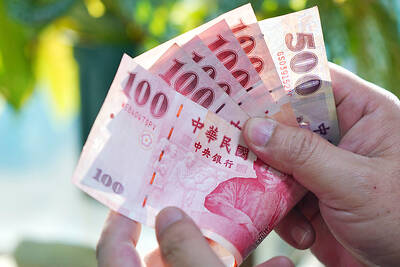
‘SHORT TERM’: The local currency would likely remain strong in the near term, driven by anticipated US trade pressure, capital inflows and expectations of a US Fed rate cut The US dollar is expected to fall below NT$30 in the near term, as traders anticipate increased pressure from Washington for Taiwan to allow the New Taiwan dollar to appreciate, Cathay United Bank (國泰世華銀行) chief economist Lin Chi-chao (林啟超) said. Following a sharp drop in the greenback against the NT dollar on Friday, Lin told the Central News Agency that the local currency is likely to remain strong in the short term, driven in part by market psychology surrounding anticipated US policy pressure. On Friday, the US dollar fell NT$0.953, or 3.07 percent, closing at NT$31.064 — its lowest level since Jan.
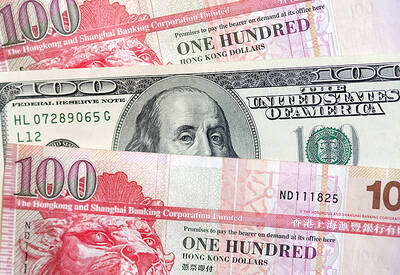
Hong Kong authorities ramped up sales of the local dollar as the greenback’s slide threatened the foreign-exchange peg. The Hong Kong Monetary Authority (HKMA) sold a record HK$60.5 billion (US$7.8 billion) of the city’s currency, according to an alert sent on its Bloomberg page yesterday in Asia, after it tested the upper end of its trading band. That added to the HK$56.1 billion of sales versus the greenback since Friday. The rapid intervention signals efforts from the city’s authorities to limit the local currency’s moves within its HK$7.75 to HK$7.85 per US dollar trading band. Heavy sales of the local dollar by
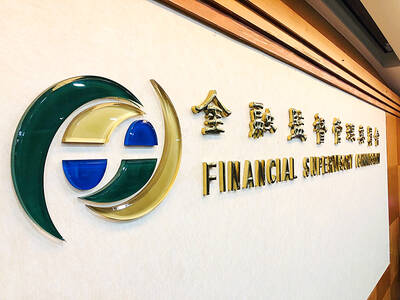
The Financial Supervisory Commission (FSC) yesterday met with some of the nation’s largest insurance companies as a skyrocketing New Taiwan dollar piles pressure on their hundreds of billions of dollars in US bond investments. The commission has asked some life insurance firms, among the biggest Asian holders of US debt, to discuss how the rapidly strengthening NT dollar has impacted their operations, people familiar with the matter said. The meeting took place as the NT dollar jumped as much as 5 percent yesterday, its biggest intraday gain in more than three decades. The local currency surged as exporters rushed to